- During PTI’s 10-month rein the Pakistani rupee has fallen 27.80 per cent
- The rupee is likely to fall to Rs175-Rs180 levels by the end of this year, market experts believe
- Pakistani Rupee the worst performer in a basket of 13 currencies in Asia
LAHORE: The almighty US Dollar (USD) seems to have broken the Pakistani Rupee’s (PKR) back as the rupee continues to depreciate further, after a short-lived appreciation rally towards the end of Ramadan.
The Pakistani Rupee depreciated to Rs157 in the interbank market here on Friday, marking an Rs4.10 decline in value compared to yesterday’s close at Rs152.90. The Pakistani currency opened trade at Rs153.75/Rs154.25 per dollar.
The continued rupee depreciation comes after a long period of the Pakistan Tehreek-e-Insaf (PTI) government trying to secure a bailout package from the International Monetary Fund (IMF) and controlling the economy while trying to save the country from the verge of bankruptcy. Nonetheless, during the last 12 months, the rupee has depreciated over 32.70 per cent from Rs118.37, reaching a record interbank market high here on Friday.
Between August 2014 and December 2017 the US dollar and Pakistani rupee parity hovered between Rs101 and Rs105, but a few days later in December 2017, jumped to Rs110 and since then has depreciated over 42.73 per cent.
On several occasions, the PTI government has come under criticism over the sharp devaluation of the rupee, however, Asad Umar, while he was still the federal finance minister, in April earlier this year ruled out further devaluation of the rupee, which had already lost about 25 per cent of its value by the time of this statement over the past year. He earnestly urged people to invest in the stock market and not waste money buying dollars.
Since coming to power in August 2018, much of the government’s focus has been in staving off a balance of payments crisis and now has successfully secured a bailout programme worth $6 billion from the International Monetary Fund (IMF), which will be the 13th bailout programme for Pakistan since the 1980s.
Amidst criticism on the devaluation of Pakistani rupee against US dollar, Special Assistant to Prime Minister Iftikhar Durrani in May 2019 released a list of interbank dollar rates during the previous governments.
Iftikhar Durrani said the interbank dollar rate rose by Rs32, from Rs64 to Rs96 during the government of the Pakistan People’s Party (PPP).
“The dollar climbed steeply during the era of the Pakistan Muslim League-Nawaz (PML-N), as it went up to Rs26 from Rs96 to Rs122,” he said in a statement, adding that the interbank dollar rate further increased by Rs6 during the interim government and reached Rs128 per dollar.
However, during the PTI’s 10-month rein the Pakistani rupee has fallen 27.80 per cent, from Rs123.35 on August 18, 2018, the day Imran Khan was sworn in as the 22nd Prime Minister of Pakistan, to Rs157 today, marking the highest decline in such a short period of time in the history of Pakistan.
It is pertinent to mention that consumer price inflation rose in March 2019 to its highest since November 2013. Energy costs, in particular, have risen sharply, hit by a series of devaluations and as a result of the agreement with the IMF.
Former finance minister Asad Umar was of the view that, traditionally, Pakistan has kept its exchange rate over-valued, incurring losses to the economy and that the rupee should be aligned with its fundamentals and its benchmark should be the real effective exchange rate (REER).
Moreover, according to the agreement signed between the Government of Pakistan and the IMF, the State Bank of Pakistan (SBP) is to become an autonomous body, which means that the government will have no direct control over the rupee-dollar price parity. Moreover, it has also been agreed that the market forces will decide the actual or the REER for the rupee.
During mid-May, the rupee depreciated sharply against the dollar, but soon recovered some of its losses on the back of increased remittances during the month of Ramadan. However, as the fasting season has ended along with fewer dollar inflows, the rupee has yet again started to decline, as expected by many market experts.
There were also several social media campaigns led by prominent celebrities and influencers that suggested to dump the dollar and boycott imported products in order to strengthen the rupee, however, such campaigns seemed to have had very little impact.
Senior Market Analyst Hammad Malik told Profit, “The short-lived appreciation or revaluation of rupee was definitely not because of the market forces. It is being done through state intervention with the intent of instilling a sense of calmness amongst the public. The sad part is that the general public is not aware of the effects of depreciation and appreciation.”
He further went on to say, “Where the people in power previously had been supporting and advocating for the depreciation of the rupee, are now measuring appreciation as a factor of success,” suggesting that the PTI policymakers had previously supported rupee devaluation and depreciation.
He added, “Rupee’s depreciation is inevitable, it will fall in value, sooner than later. The demand for dollar has to rise for repayments and we do not have enough reserves, hence the need to buy dollars.”
Moreover, Pak Kuwait Investment Co AVP Research Adnan Sheikh, supporting Hammad’s views over further devaluation said, “The rupee is likely to fall to Rs175-Rs180 levels by the end of this year”.
Meanwhile, some are also speculating that the dollar might even climb up to Rs200 levels by the end of this year.
It is pertinent to mention that the PTI government on Tuesday presented its first full federal budget with an outlay of Rs7.02 trillion for the financial year 2019-20. The budget sets an ambitious Rs5,555 billion target for the Federal Board of Revenue (FBR) a 25 per cent increase or Rs1.12 trillion in additional taxes from the previous year.
While the salaried class is to face up to 35 per cent taxes with the introduction of four new tax slabs along with higher prices of some kitchen items and everyday goods. Meanwhile, the budget deficit to be Rs3,560 billion, defence budget remains unchanged.
The budget has been met with mixed sentiments by the general public and the business community alike, where some are praising the government’s resolve towards a stronger Pakistan in the future, while other are criticising the heavy taxation and stringent policies introduced.


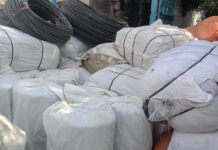


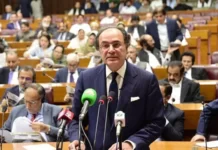
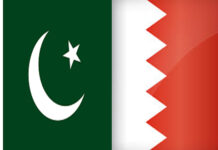













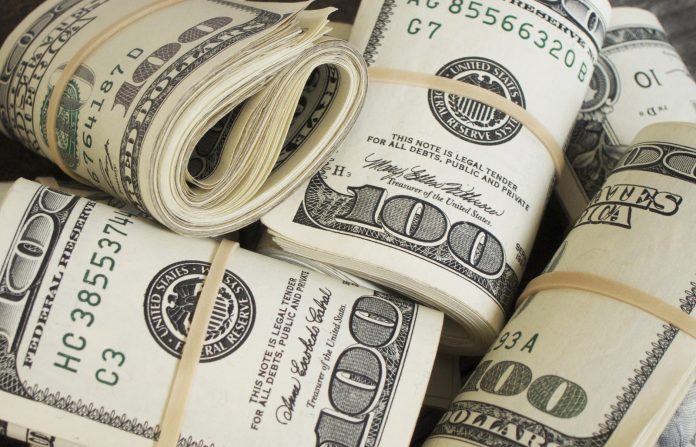
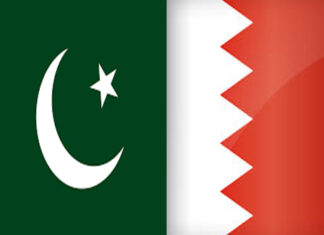



There is only one cure for our economy. Let the rupee fall to 180. Per us dollar. then sit back and see the economy fly.
Devaluation has nothing to do with stimulating the economy, it increase inflation and reduces purchasing power. A devalued currency reflects weekends in overall economy and trade.The economy only improves when investors are provided with a incentive to invest, there is a stable long term currency rate, government policies are stable in the long term and government is efficient and transparent. None of those conditions are met in today’s PTI Naya Pakistan. So every Pakistani will be a lot poorer as a result of this. Pakistanis are 25% poorer as a result of this devaluation and that’s just the start !
Better make it 1000 and all Pakistanis will fly to space!
My father has closed down our business in Pakistan and relocated it to Bangladesh since the last 1.5 Years now and we are doing wonders in Bangladesh as compared to what we were doing in Pakistan. I guess it was a right decision taken by my father, looking at the economic situation in Pakistan, i fear many investors will move out from here too in the months, year to come.
Now don;t you dare to mess with India.
Your days have come so buckle up.
Wait I thought Allah was the almighty for Muslims. Surely calling the dollar almighty is blasphemy!
I think the author is Christian and he committed blasphemy.